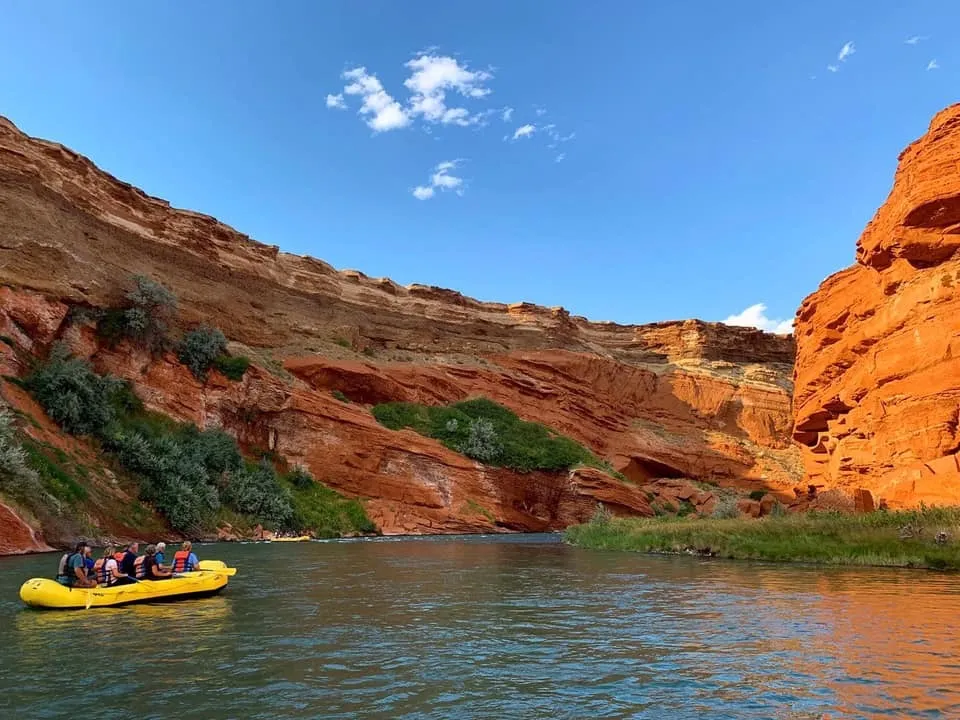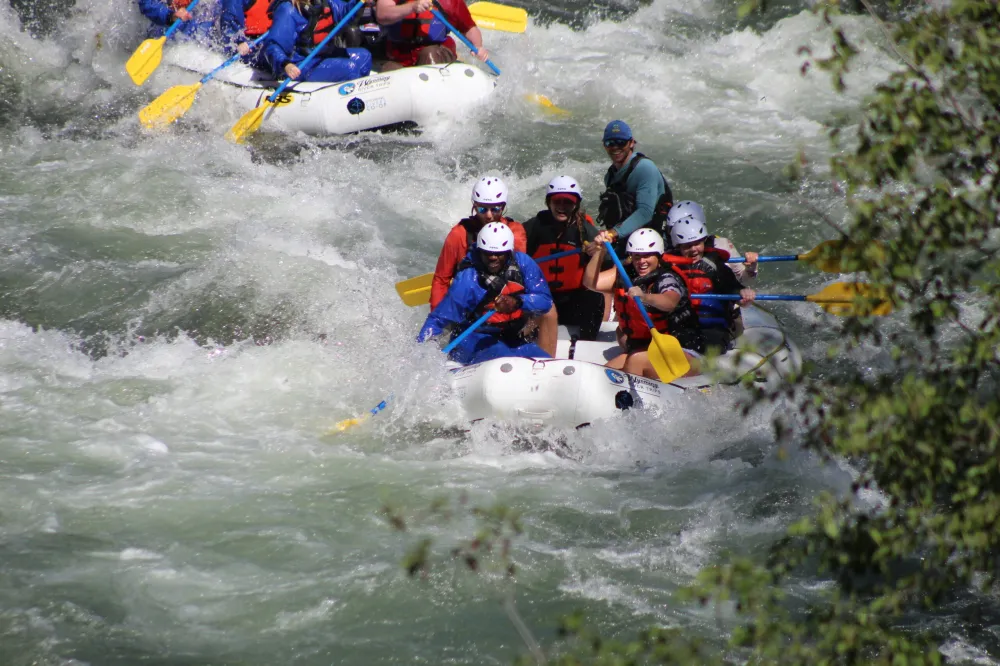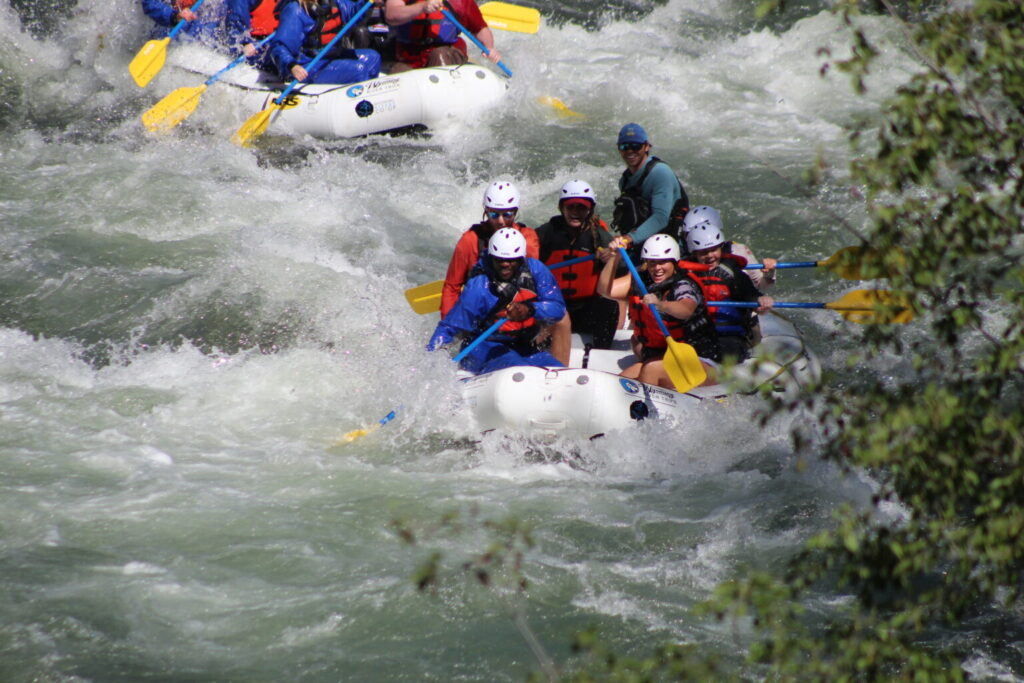Understanding The International Scale of River Difficulty
Rivers are around the globe are rated using the International Scale of River Difficulty, which utilizes six “classes” to rate both specific river features, as well as entire river sections. This system is not exact and rivers do not always fit easily into one class or category. Regional or individual interpretations may cause misunderstandings, which is why it is helpful to have a basic working knowledge of the system in order to better prepare yourself for questions and considerations that come up when looking to book a rafting trip.
The Levels of Difficulty According to American Whitewater
It is important to remember that river ratings can change based on water levels and season. Be sure to inquire about what the timing of your trip will mean for the classification of that particular river section. Contact us.
Class I Rapids
Fast moving water with riffles and small waves. Few obstructions, all obvious and easily missed with little training. Risk to swimmers is slight; self-rescue is easy.
Red Rock Canyon and Full Canyon

Example of Class I on the Shoshone River
Class II Rapids: Novice
Straightforward rapids with wide, clear channels which are evident without scouting. Occasional maneuvering may be required, but rocks and medium-sized waves are easily missed by trained paddlers. Swimmers are seldom injured and group assistance, while helpful, is seldom needed. Rapids that are at the upper end of this difficulty range are designated “Class II+”.
Red Rock Canyon and Full Canyon

Class III: Intermediate
Rapids with moderate, irregular waves which may be difficult to avoid and which can swamp an open canoe. Complex maneuvers in fast current and good boat control in tight passages or around ledges are often required; large waves or strainers may be present but are easily avoided. Strong eddies and powerful current effects can be found, particularly on large-volume rivers. scouting is advisable for inexperienced parties. Injuries while swimming are rare; self-rescue is usually easy but group assistance may be required to avoid long swims. Rapids that are at the lower or upper end of this difficulty range are designated “Class III-” or “Class III+” respectively.

Class IV: Advanced
Intense, powerful but predictable rapids requiring precise boat handling in turbulent water. Depending on the character of the river, it may feature large, unavoidable waves and holes or constricted passages demanding fast maneuvers under pressure. A fast, reliable eddy turn may be needed to initiate maneuvers, scout rapids, or rest. Rapids may require “must” moves above dangerous hazards. Scouting may be necessary the first time down. Risk of injury to swimmers is moderate to high, and water conditions may make self-rescue difficult. Group assistance for rescue is often essential but requires practiced skills. A strong eskimo roll is highly recommended. Rapids that are at the lower or upper end of this difficulty range are designated “Class IV-” or “Class IV+” respectively.
Intermediate and Advanced Rafting and Packrafting


